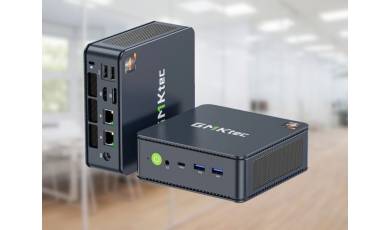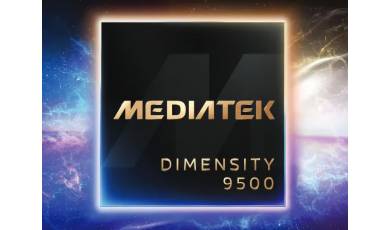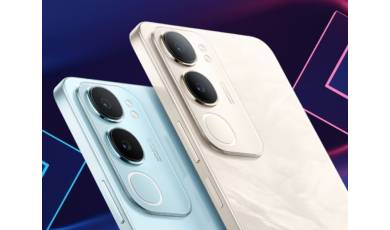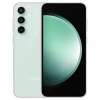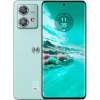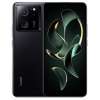The new Redmi Book 14 and 16 (2025) get Intel Core 5 220H and up to 19 hours of runtime
|
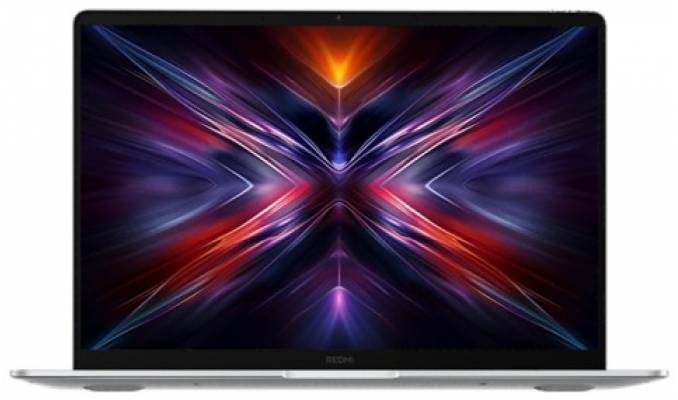 |
Apart from the Turbo 4 smartphone, Redmi brand has launched the updated Redmi Book 14 and 16 laptops in 2025 variants. Both devices get a sturdy aluminum alloy body, Intel 200 series processors, and improved autonomy thanks to a new AI feature.
The Redmi Book 14 (2025) features a 14-inch screen with a resolution of 2880x1800 pixels (2.8K), refresh rate of up to 120Hz, peak brightness of 400 nits and 100% sRGB color gamut coverage. Protection of user's eyesight from harmful blue light is confirmed by TÜV Rheinland certification.
For the performance of the laptop is responsible Intel Core 5 220H processor, supplemented by 32 GB of RAM Random Access Memory (RAM) is the place in a computer where the operating system, application programs, and data in current use are kept so that they can be quickly reached by the computers processor. (LPDDR5X) and 1 TB SSD (PCIe 4.0) in the maximum configuration. A 65Wh battery extends the device's battery life to 13.8 hours thanks to Smart Battery AI, a 9.6% increase over its predecessor. The 100W GaN charger replenishes battery life up to 50% in 32 minutes. Random Access Memory (RAM) is the place in a computer where the operating system, application programs, and data in current use are kept so that they can be quickly reached by the computers processor. (LPDDR5X) and 1 TB SSD (PCIe 4.0) in the maximum configuration. A 65Wh battery extends the device's battery life to 13.8 hours thanks to Smart Battery AI, a 9.6% increase over its predecessor. The 100W GaN charger replenishes battery life up to 50% in 32 minutes.
Redmi Book 16 (2025) was equipped by the manufacturer with a 16-inch display, which at a resolution of 2560x1600 pixels (2.5K) has the same characteristics as the 14-inch model. The laptops share the same processor and memory, but the battery capacity of the Redmi Book 16 (2025) is a bit higher: 72Wh with increased autonomy up to 19 hours.
Both also get a full-size keyboard with 1.3mm key travel and built-in backlighting, 180-degree hinges, Wi-Fi Wi-Fi is a type of wireless networking protocol that allows devices to communicate without cords or cables. Wi-Fi is technically an industry term that represents a type of wireless local area network (LAN) protocol based on the 802.11 IEEE network standard. It is the most popular means of communicating data wirelessly, within a fixed location, today. 6 and Bluetooth 5.2, a USB Type-C Wi-Fi is a type of wireless networking protocol that allows devices to communicate without cords or cables. Wi-Fi is technically an industry term that represents a type of wireless local area network (LAN) protocol based on the 802.11 IEEE network standard. It is the most popular means of communicating data wirelessly, within a fixed location, today. 6 and Bluetooth 5.2, a USB Type-C With the continued success of the USB interface, there exists a need to adapt USB technology to serve newer computing platforms and devices as they trend toward smaller, thinner and lighter form-factors. Many of these newer platforms and devices are reaching a point where existing USB receptacles and plugs are inhibiting innovation, especially given the relatively large size and internal volume constraints of the Standard-A and Standard-B versions of USB connectors. 3.2 Gen 2 port, HDMI 2.1, a pair of USB-A 3.2 Gen 1, one USB Type-A 2.0, a 3.5mm audio jack, a 1080p webcam, Dolby Atmos With the continued success of the USB interface, there exists a need to adapt USB technology to serve newer computing platforms and devices as they trend toward smaller, thinner and lighter form-factors. Many of these newer platforms and devices are reaching a point where existing USB receptacles and plugs are inhibiting innovation, especially given the relatively large size and internal volume constraints of the Standard-A and Standard-B versions of USB connectors. 3.2 Gen 2 port, HDMI 2.1, a pair of USB-A 3.2 Gen 1, one USB Type-A 2.0, a 3.5mm audio jack, a 1080p webcam, Dolby Atmos Dolby Atmos creates powerful, moving audio by introducing two important concepts to cinema sound: audio objects and overhead speakers. and HyperOS Connect audio for cross-platform compatibility. Dolby Atmos creates powerful, moving audio by introducing two important concepts to cinema sound: audio objects and overhead speakers. and HyperOS Connect audio for cross-platform compatibility.
|


